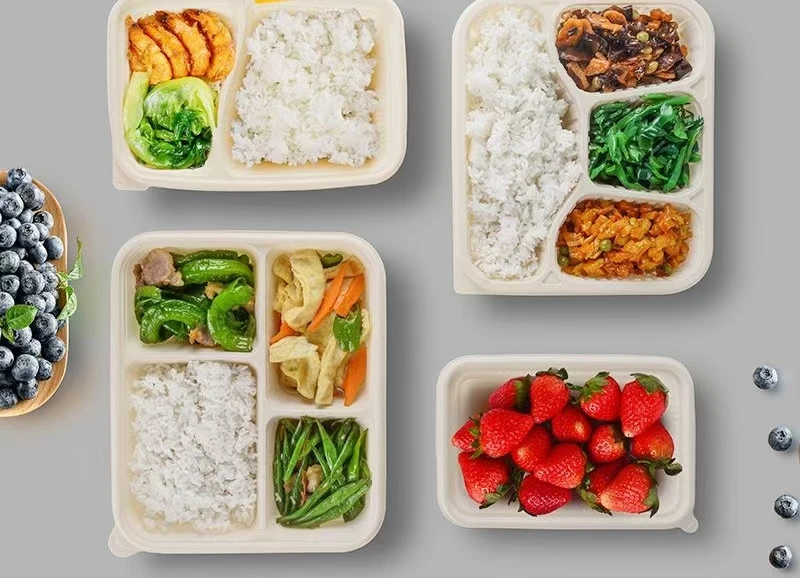Biodegradable Food Packaging A Sustainable Solution for Our Planet
In recent years, the issue of plastic pollution has gained significant attention as communities and governments around the world grapple with the environmental impact of traditional packaging materials. With an estimated 300 million tons of plastic produced globally each year, a substantial portion of this ends up in landfills and the ocean, leading to harm for marine life, wildlife, and ecosystems. In this context, biodegradable food packaging has emerged as a promising alternative, presenting a sustainable solution to one of the most pressing environmental challenges of our time.
Biodegradable food packaging refers to materials that can decompose naturally in the environment through the action of microorganisms, such as bacteria and fungi. Unlike conventional plastics, which can take hundreds of years to break down, biodegradable options typically degrade within months to a few years, significantly reducing their ecological footprint. This rapid decomposition not only minimizes waste but also reduces the demand for new raw materials, which further supports environmental sustainability.
One of the most common biodegradable materials used in food packaging is polylactic acid (PLA), a bioplastic derived from renewable resources such as corn starch or sugarcane. PLA exhibits excellent barrier properties, protecting food from moisture, oxygen, and contaminants, much like traditional plastic packaging. Additionally, its transparent nature makes it visually appealing for consumers, making it an effective choice for manufacturers looking to maintain product visibility.
Another biodegradable option is paper and cardboard packaging, which, when sourced responsibly, can be an excellent alternative to plastic. While paper products may not always provide the same level of moisture barrier as plastics, advancements in coatings and treatments have enhanced their usability for various food products. Moreover, paper and cardboard can be easily recycled and composted, contributing to a more circular economy.
biodegradable food packaging

In addition to PLA and paper, natural materials such as bamboo, palm leaves, and mushroom-based packaging are making strides in the market. These materials not only biodegrade quickly but also often require fewer resources during production, making them a more sustainable choice overall. For instance, mushroom packaging utilizes agricultural waste by embedding mycelium, the root structure of mushrooms, to create a sturdy and compostable material that is suitable for various applications, including food storage.
The shift towards biodegradable food packaging is driven by increasing consumer awareness and demand for sustainable products. Modern consumers are becoming more environmentally conscious, seeking alternatives that align with their values. In response, businesses across the food industry are embracing biodegradable packaging options to enhance their brand image and meet consumer expectations. This transition can also lead to increased loyalty among customers who prioritize sustainability.
However, the widespread adoption of biodegradable food packaging faces challenges. One of the significant hurdles is the existing infrastructure for waste management. Many biodegradable materials require specific composting conditions to break down effectively, and their introduction into standard waste systems can lead to contamination issues. Therefore, it is crucial to develop appropriate waste management systems that can accommodate biodegradable materials, ensuring they are processed properly and do not contribute to pollution.
Moreover, while biodegradable packaging offers environmental benefits, it is essential to consider the entire lifecycle of the materials, including their production and disposal processes. Sustainable sourcing, energy input, and overall environmental impact need to be carefully evaluated to ensure that biodegradable alternatives are genuinely beneficial.
In conclusion, biodegradable food packaging represents a significant step towards reducing the environmental impact of food packaging materials. By transitioning from conventional plastics to biodegradable options, we can mitigate waste, protect ecosystems, and foster a more sustainable future. While challenges remain, continued innovation in materials and waste management practices, combined with increasing consumer demand for sustainability, will drive the adoption of biodegradable packaging solutions. Ultimately, embracing these alternatives not only benefits the environment but also aligns with the collective responsibility we share to protect our planet for future generations.



